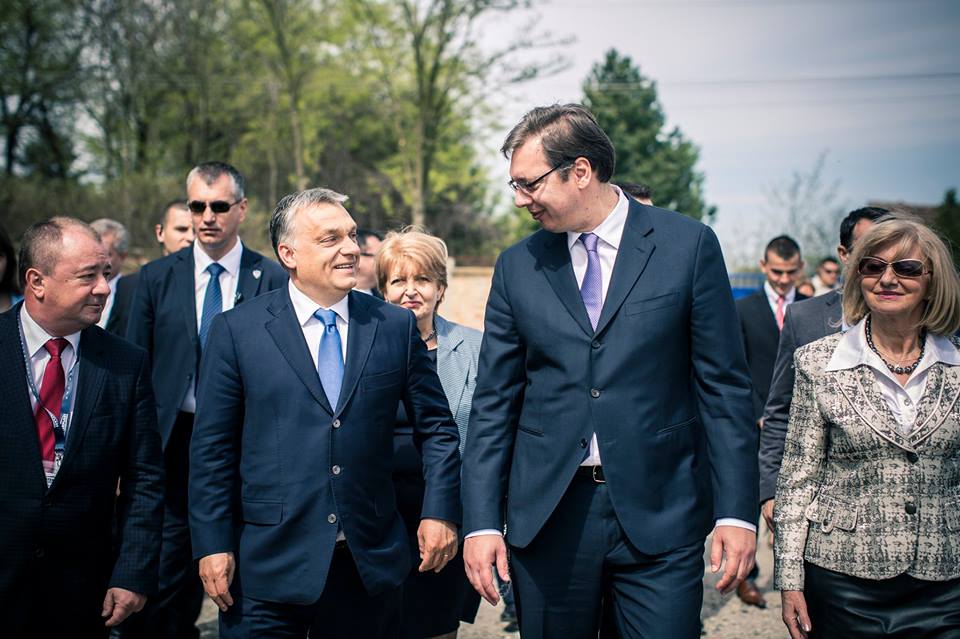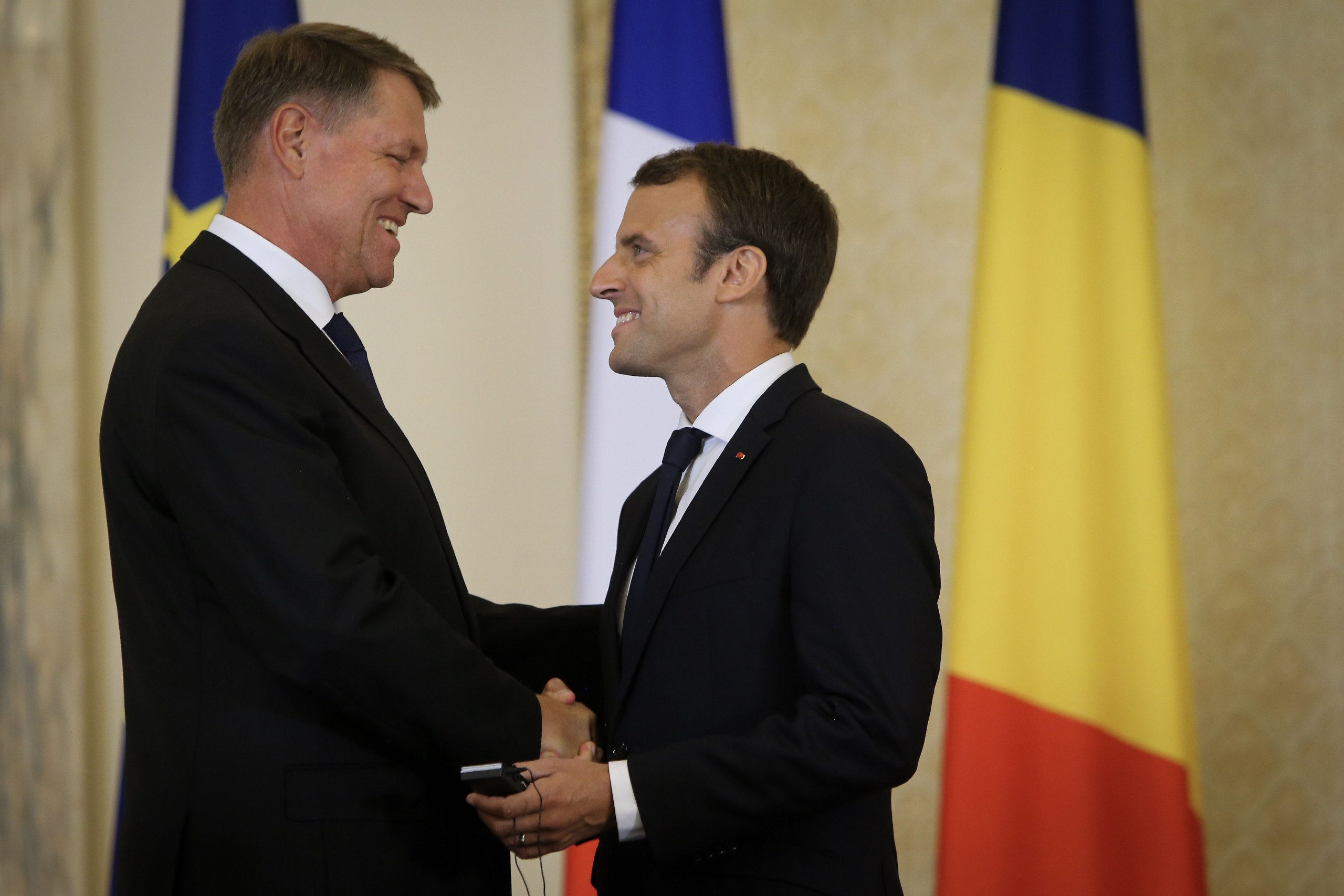Central Europe – “America is eager to expand our partnership with you. We welcome stronger ties of trade and commerce as you grow your economies and we are committed to securing your access to alternate sources of energy so Poland and its neighbours are never again held hostage to a single supplier of energy”, the US president said, referring to the former Russian monopoly on supplying gas to the region. But that was in 2017 and the US president in question was Donald Trump, on a visit to Warsaw.
Being more concerned with repairing relations with Berlin and settling the thorny issue of the Nord Stream 2 pipeline, Joe Biden’s administration has shown much less interest in the Three Seas Initiative (3SI). 3SI is a cooperation forum of twelve Central European countries, all of which are members of the EU. From north to south and from west to east, these are Estonia, Latvia, Lithuania, Poland, the Czech Republic, Slovakia, Austria, Hungary, Slovenia, Croatia, Romania and Bulgaria. These countries include all those on NATO’s eastern flank.
Although, as early as February, US Secretary of State Tony Blinken assured the twelve 3SI countries of the intactness of US support for this initiative, which is not very much liked in Brussels, Berlin and Paris, in reality this support seems to have become more words than deeds, especially after the announcement a few days ago of an agreement between Berlin and Washington on the Nord Stream 2 gas pipeline.
Where his predecessor Donald Trump had talked about investments and US gas sales, at the 3SI summit in Sofia, Bulgaria, on July 8–9, President Joe Biden assured Central Europe in a video message of the full support of the United States and spoke of the need to develop the economy in a transparent manner, strengthening democracy and rooting out corruption, which he could be busy doing at home rather than reverting to Barack Obama’s moralistic diplomacy. The American president also clarified his vision of a Three Seas Initiative to “tie you even closer to the European institutions”, which is not necessarily the vision shared by the 3SI participating countries, but which does correspond to the German view.
German President Frank-Walter Steinmeier, who had been invited to the Sofia summit, regretted that Germany had not initially been invited to participate in this regional cooperation forum and expressed his desire for 3SI to become an integral part of the European Union’s policies and instruments and to be based on respect for “European values”.
The problem is that the Three Seas Initiative is essentially economic, not ideological, and it is also intended to counterbalance the Franco-German axis that weighs heavily on decisions taken in Brussels, even though its participants see it first and foremost as a complementary organisation to the EU.
Instead, in May 2021, Polish Prime Minister Mateusz Morawiecki called for increased US involvement in the Three Seas Initiative to counter Russian and Chinese influence in the region. He felt that “the Three Seas Initiative is still underestimated by the United States’ administration”.
For these twelve Central European countries, the aim is to develop regional infrastructures (roads, railways, gas, etc.) that are lacking along the north–south axis and to foster economic growth so as to catch up with Western Europe. Although they account for almost 30% of the EU’s area and 25% of its population, with 111 million inhabitants, these countries account for less than 15% of the bloc’s wealth and attract more than a third of European funds.
In June 2019, at the summit in Ljubljana, Slovenia, two investment banks, one Polish and one Romanian, announced the creation of a Three Seas Initiative Investment Fund. Today, nine 3SI countries participate in this investment fund, whose programmes complement, on a smaller scale, those of the EU. The fund currently stands at just over €1.2 billion (including €750 million from Poland) and is expected to grow to €5 billion with contributions from 3SI member countries, international financial institutions and private institutional investors.
In September 2019, the chairmen of the stock exchanges of the Visegrád Group countries (Poland, the Czech Republic, Slovakia and Hungary) and three other countries of the Three Seas Initiative (Romania, Croatia and Slovenia) announced their intention to create a common stock market index, the CEEplus.
Last May, it was announced that the cooperation of the twelve participating countries would now also cover digital connectivity, in addition to the areas of transport infrastructure and energy that have been included since the creation in 2015 of this regional cooperation forum based on an initiative by Polish President Andrzej Duda and Croatian President Kolinda Grabar-Kitarović. By 2030, investment in transport infrastructure in the twelve 3SI countries is expected to reach €290 billion, while the energy sector should attract €88 billion and digital infrastructure will require €160 billion. The economically backward countries of Central Europe (with the exception of Austria, which did not have to endure decades of communist dictatorship) are experiencing more dynamic growth rates than those of the western part of the continent, and this is gradually allowing them to close the gap.
At the Sofia summit on 8 and 9 July, France, the United Kingdom, Greece and Japan joined the United States and Germany as 3SI partners. Latvia took over the presidency of the group from Bulgaria.
While its objectives remain modest (but useful and concrete), the Three Seas Initiative, which is simply a platform for inter-governmental and inter-regional cooperation, is nonetheless a potentially useful alternative for the future should the EU end up badly. This is also why it is unlikely that its members will ever accept the German proposal to integrate it into the cooperation programmes managed from Brussels.




